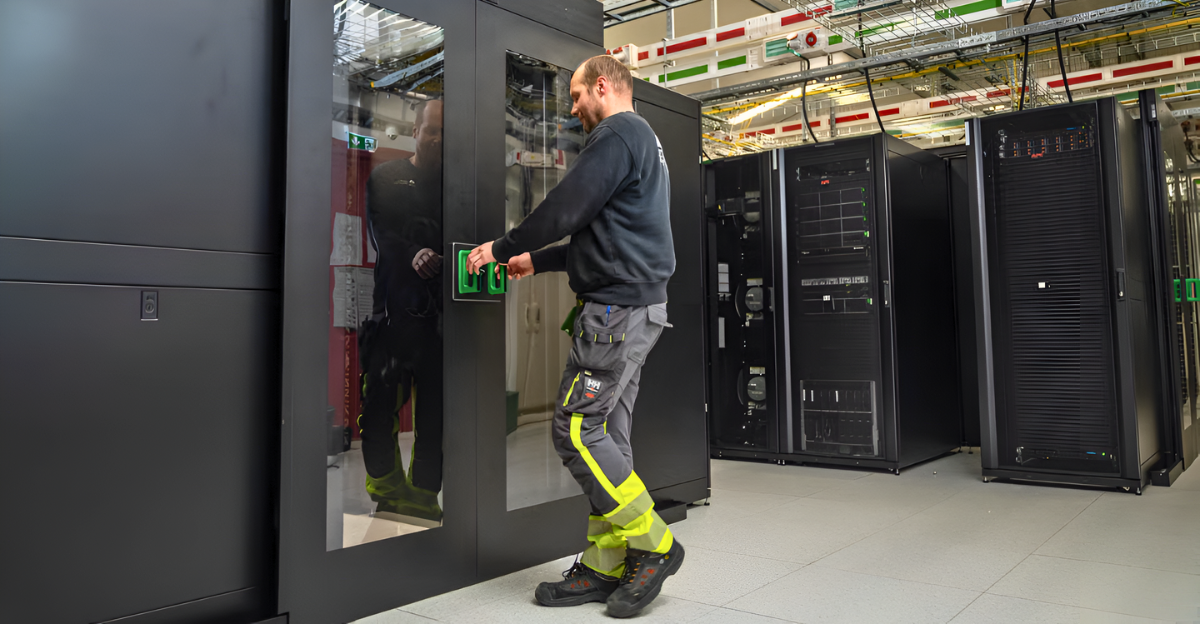
Dell’s latest earnings report dropped like a thunderclap across the tech world. The company posted explosive second-quarter results, led by unprecedented demand for AI-powered servers. Shipments shattered records, orders piled up, and Dell’s ambitions in next-gen infrastructure made headlines. But under the surface, concerns are rising.
Despite a 19% jump in revenue, Dell’s operating margins slipped considerably. As the costs of AI expansion, especially expensive GPUs, add up, investors are asking the tough question: Can huge growth coexist with healthy profits in the AI era?
The AI Gold Rush Reshaping Tech

Enterprises around the world are scrambling to upgrade their infrastructure to keep pace with AI. Chatbots, automation, data processing, none of it works without robust server capacity. Across sectors, AI workloads are now a central part of IT planning.
Dell isn’t the only one riding this wave. Its rivals, including HPE and Lenovo, are also seeing surging demand. In today’s tech economy, AI-optimized servers aren’t a luxury; they’re a must.
What’s Powering Dell’s Momentum?
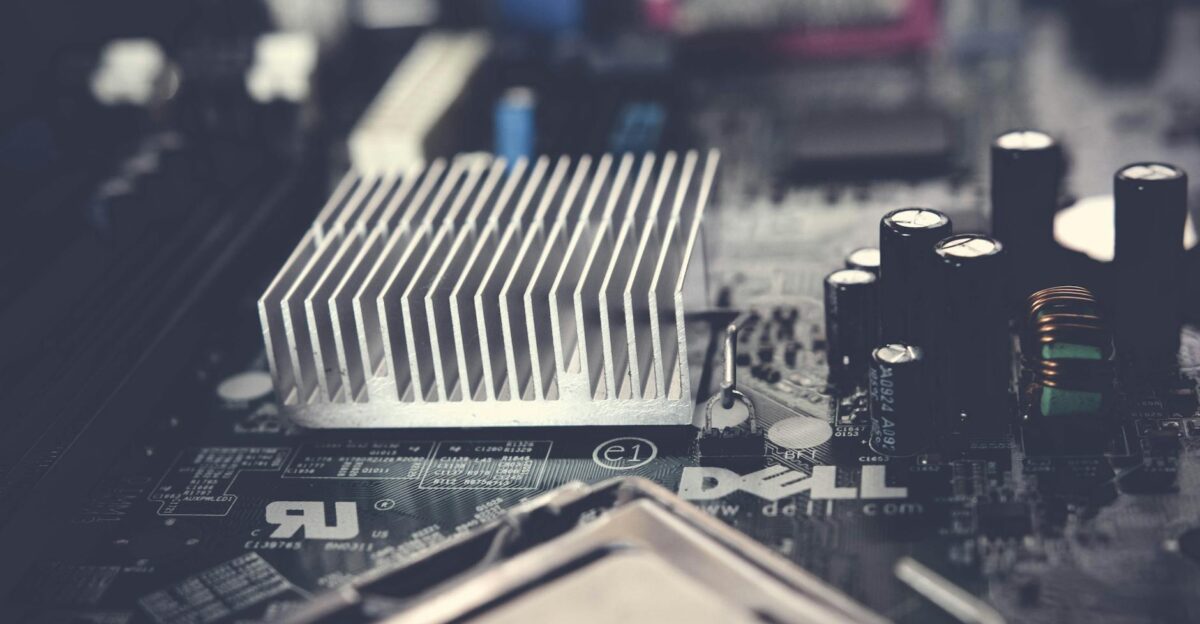
So what’s behind Dell’s leap forward? It’s all about enterprise urgency. Companies in finance, healthcare, and big tech are moving from exploratory AI efforts to scaled implementations, and Dell is right in their crosshairs.
This fast-track spending has pushed Dell into pole position as a supplier of hardware built for massive language models and real-time AI workloads. The result is a flood of new orders—and a serious spotlight on Dell’s ability to deliver.
AI Server Sales: The Showstopper
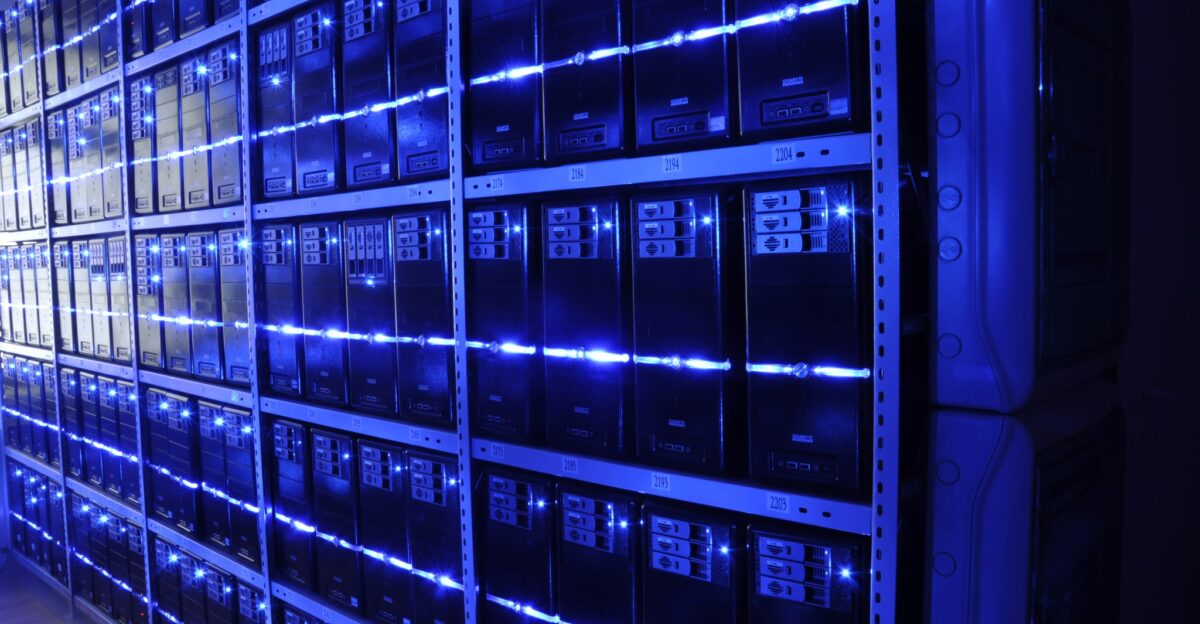
Here’s the headline figure: Dell shipped $8.2 billion worth of AI servers in a single quarter. Even more impressive, it booked $5.6 billion in new AI-related orders during the same period.
Those numbers underscore just how real the enterprise AI transformation has become. For Dell, it’s a ceiling-breaking moment that cements its role in the era of intelligent infrastructure.
Infrastructure Revenue Soars 44%
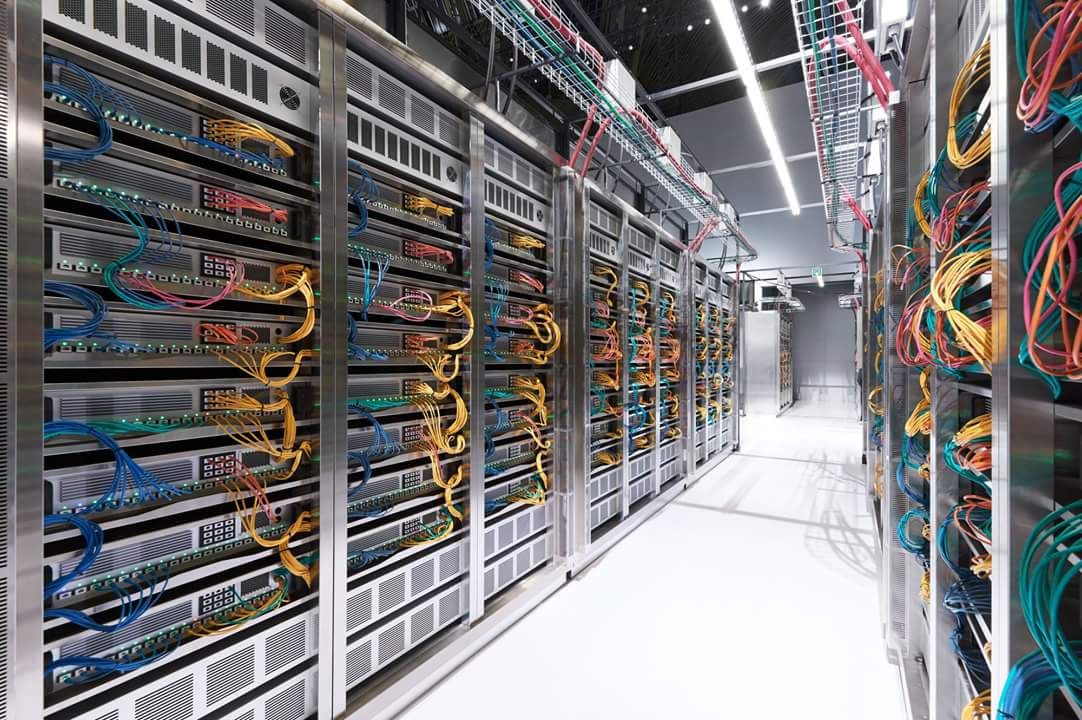
Dell’s Infrastructure Solutions Group is where the AI action lives. Last quarter, that division posted a 44% revenue increase. Even more notably, servers and networking sales rose a staggering 69%, hitting $12.9 billion.
This is now Dell’s fastest-growing business segment, signaling a structural pivot toward high-performance enterprise tech—and away from a reliance on traditional PCs.
Backlog Builds Into the Billions

Dell’s AI server backlog closed the quarter at $11.7 billion. That’s undelivered, already-contracted business, effectively a down payment on Dell’s next few quarters.
It also points to the operational challenge ahead. With demand accelerating faster than supply chain schedules can handle, customers and investors alike will be watching how Dell manages fulfillment.
Revenue Hits $29.8B—Thanks, AI

Total revenue climbed 19% year-over-year to $29.8 billion, driven by spiraling demand for AI hardware, cloud infrastructure, and high-performance computing.
Interestingly, this surge did not come from personal computers. PC sales remained flat, reinforcing Dell’s transformation from a consumer tech name to a heavyweight in enterprise systems.
Profits Rise—But Not Without Pressure

Operating income jumped to $1.8 billion, up 27%, while earnings per share spiked 38%, reaching $1.70 (non-GAAP $2.32). On the surface, it’s a home run.
But with margins under strain, many analysts are cautioning that the growth may not be as profitable as it looks. The costs of AI gear, and the scale at which Dell must now operate, are reshaping the narrative.
Margins Slide to 8.8%

Despite those revenue records, Dell’s operating margin dipped to 8.8%. It’s a notable drop from historical levels and a red flag for a company that thrives on efficiency.
The main culprits: soaring component costs, particularly from GPU suppliers, and aggressive pricing pressure in a fiercely competitive market. Growth, it turns out, is expensive.
Dell’s Nvidia Dependency Runs Deep

At the center of the margin squeeze is Nvidia. Dell’s reliance on its GPUs means it’s exposed to chip price hikes and tight allocations, meaning Dell can’t always get what it wants, when it needs it.
As Nvidia asserts pricing power while demand outpaces supply, Dell and others are grappling with profit dilution, even as sales continue to scale.
PCs Lag Behind the AI Boom

While its infrastructure business flourished, Dell’s PC unit barely moved. Commercial PC sales ticked up just 2%, while consumer PC revenue fell 7%.
For a company once known for its computers, the story is now elsewhere. The shift to enterprise AI means PCs are no longer the driver of Dell’s bottom line.
Bundling Services for Bigger Gains

Dell is responding to hardware margin pressure by pivoting to higher-value services. It’s expanding integrated offerings that combine servers, networking, storage, and AI-focused consulting.
These smarter bundles deepen client ties and lift average margins. It also future-proofs Dell’s business as customers increasingly seek full-stack AI solutions—not just silicon.
Client Base Expands on All Fronts
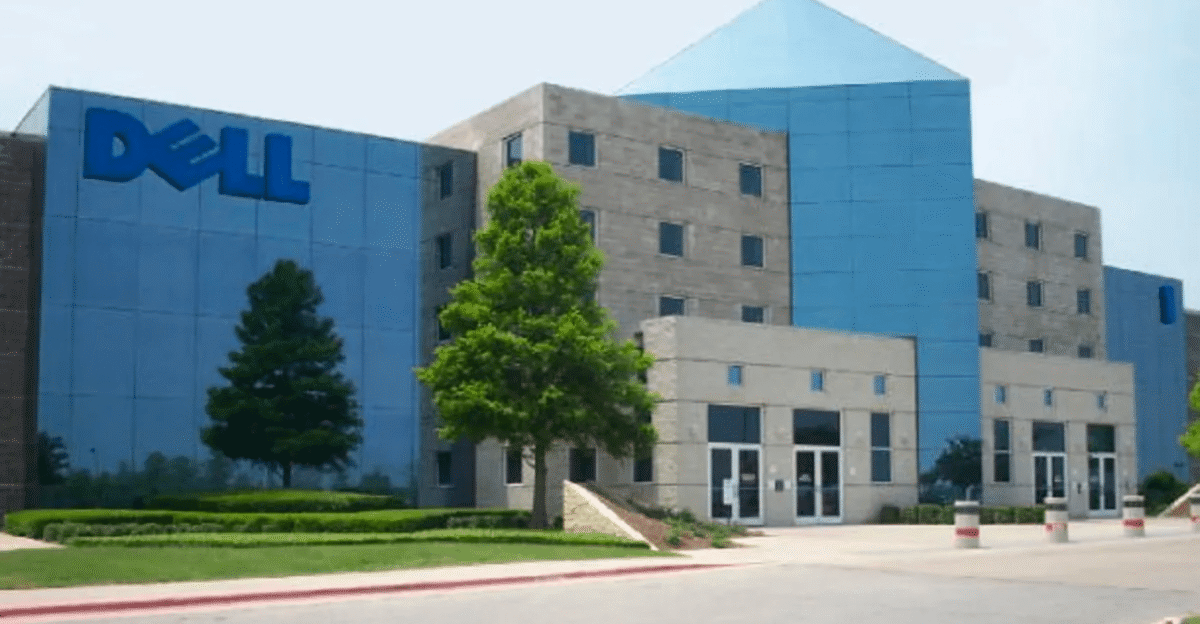
Dell recorded its strongest single-quarter growth in enterprise AI customers, stretching across sectors like government, banking, and global tech.
These aren’t just short-term deals. Many involve multi-year infrastructure buildouts, signaling loyalty and positioning Dell as a long-term partner in digital transformation.
Supply Chains, Geopolitics Add Drag
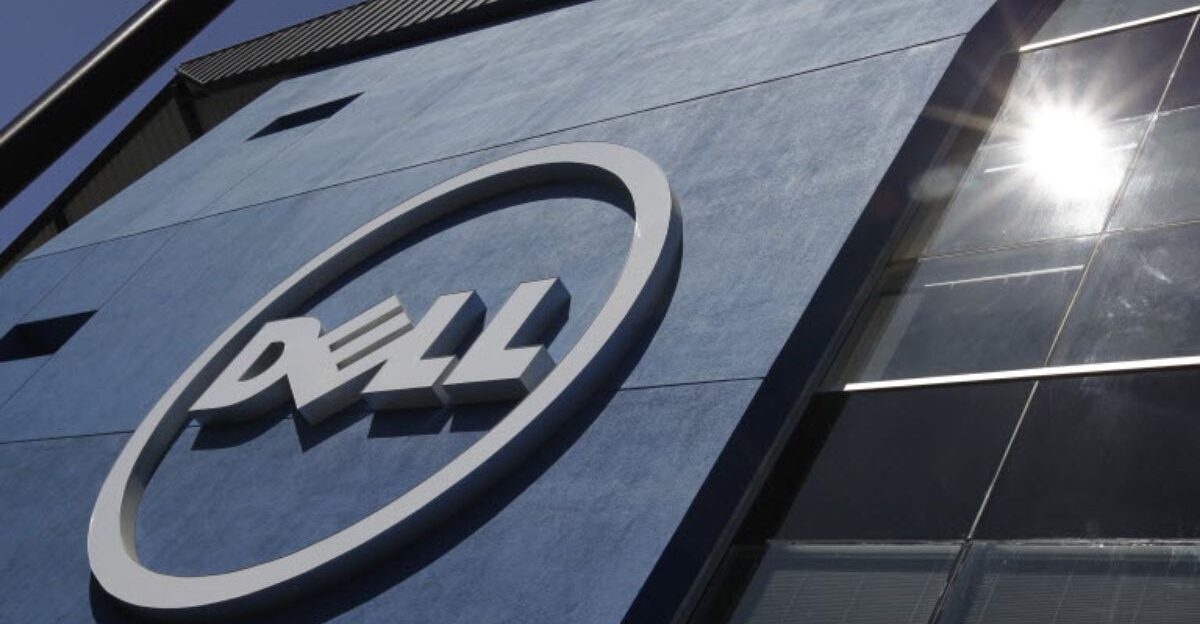
Beyond Nvidia’s pricing, Dell faces the same headaches as many global manufacturers: supply chain bottlenecks, vendor dependencies, and geopolitical risk.
These broader pressures make for slower delivery times, tighter inventories, and shrinking margins. In the AI race, logistics execution is as crucial as product innovation.
$20B in AI Sales? Dell Thinks So
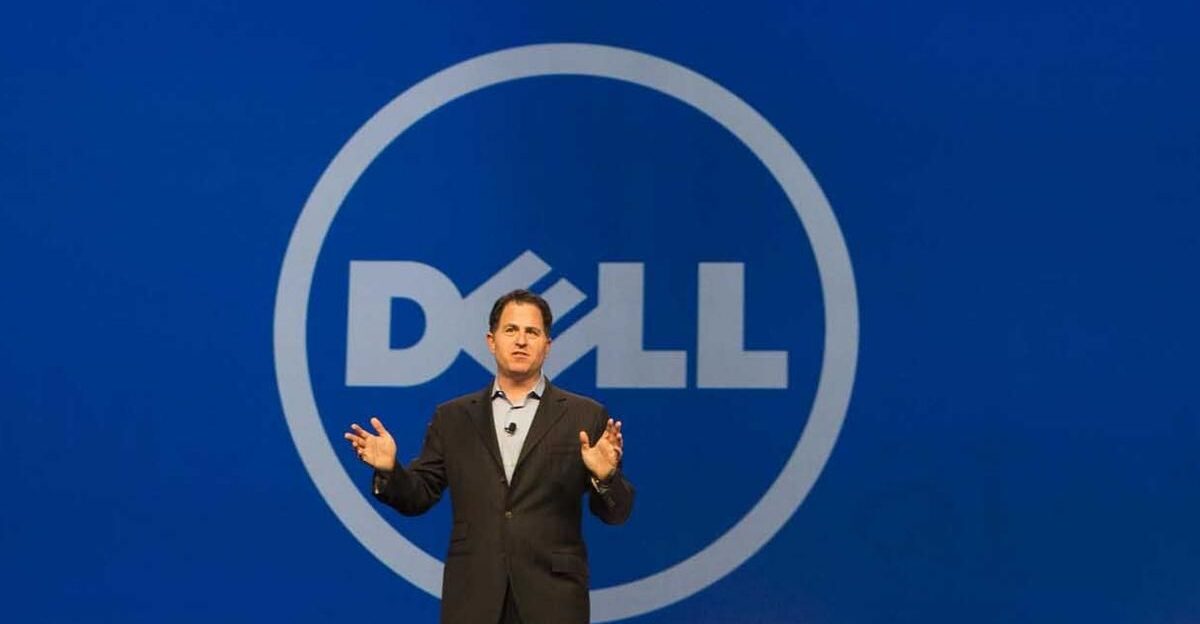
Because demand is sprinting ahead of projections, Dell has revised its full-year AI server sales forecast up to $20 billion, a bold 33% hike from its original estimate.
That suggests Dell sees no signs of demand slowing down. Enterprise budgets are opening wide for AI initiatives—and Dell wants the lion’s share.
Sustainability Joins the Bottom Line

Alongside profits, Dell is doubling down on climate goals. Executives have stressed that its scaling AI infrastructure won’t come at the expense of sustainability.
The company’s net-zero ambitions—and its efforts to cut emissions across the supply chain—are becoming central to its pitch to global CIOs and institutional investors.
Chip Giants Take the Bigger Slice
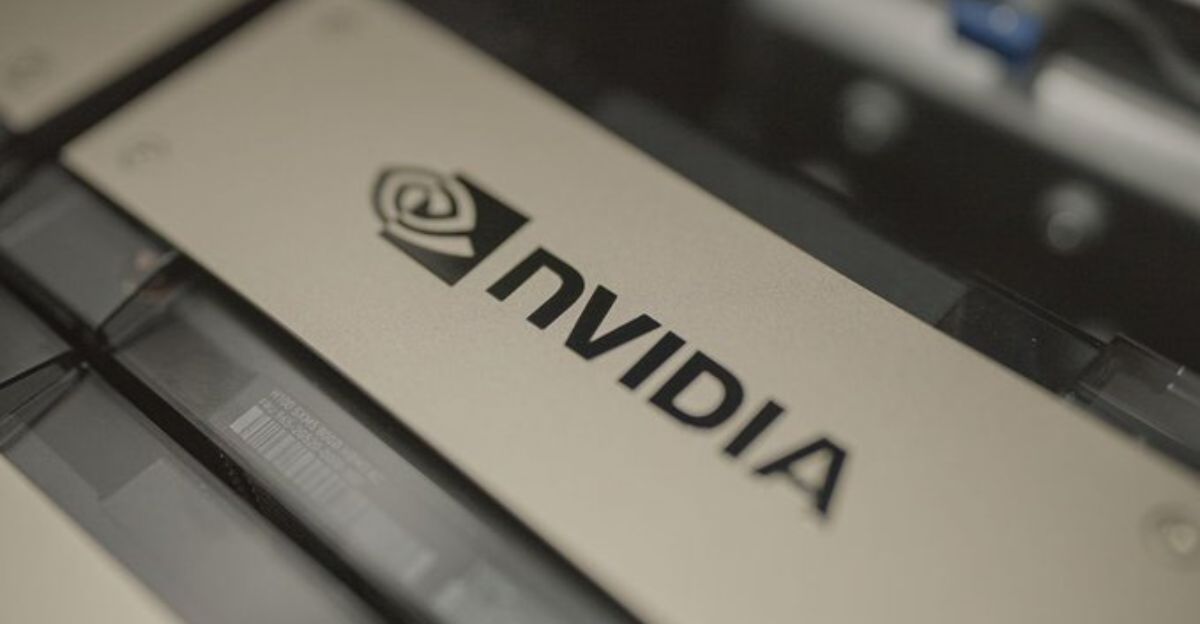
The AI gold rush has made winners out of chipmakers. Nvidia and peers now command the lion’s share of value in the ecosystem, thanks to their critical components.
For OEMs like Dell, that means fighting for margin on what’s left. It’s a fundamental shift: innovation may power demand, but control of the chips powers profits.
The Road to Margin Recovery
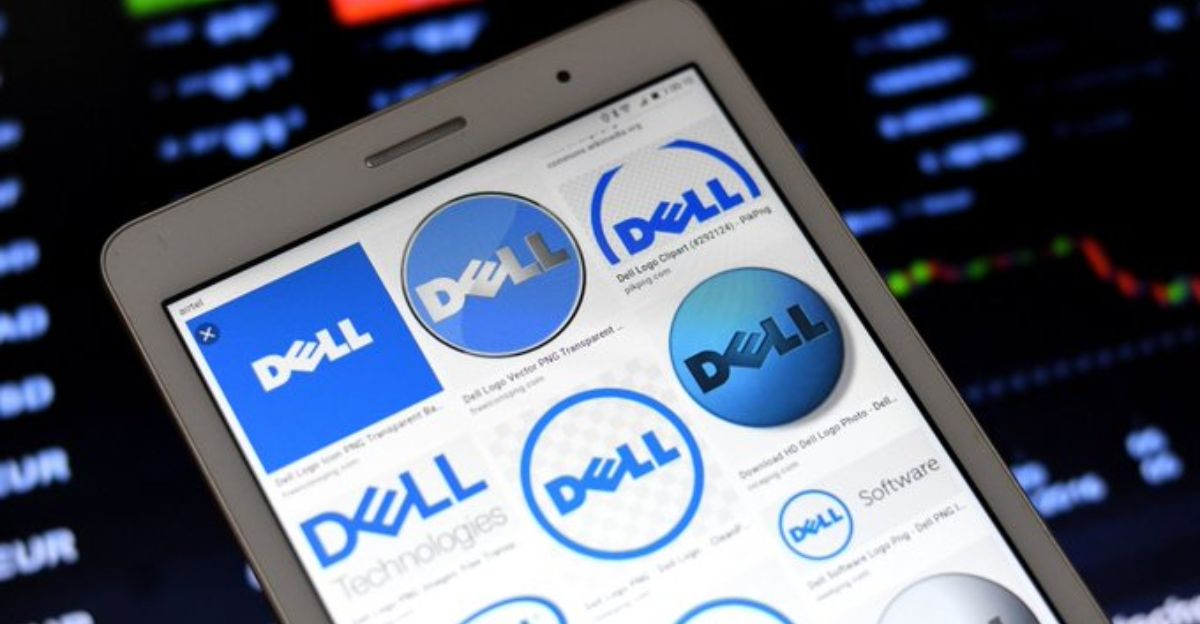
Dell’s margin future hinges on several levers: cutting costs, boosting services revenue, and navigating the unpredictable GPU supply landscape.
Some analysts see vertical integration or proprietary AI hardware as possible paths back to stronger profitability. Others suggest targeted M&A could bolster Dell’s tech stack—and its gross margin line.
Wall Street Weighs a Complex Picture

Market sentiment is split. Bulls point to Dell’s dominant role in AI infrastructure, while bears flag thin margins and a stagnant PC business. One analyst called it a “monster top-line, messy bottom-line” performance.
The takeaway? Dell needs to execute flawlessly to convert explosive growth into long-term financial resilience.
Growth at Full Speed, But Buckled by Cost

Dell’s AI-driven ascent is one of the most striking stories in enterprise tech. Record sales, unmatched demand, and a solid pipeline point to strength. But behind the glow, the cost of leading the AI charge is painfully clear.
Sustained growth will require more than volume—it’ll take strategic finesse and margin discipline. For Dell, the challenge now is to turn historic momentum into a sustainable edge.